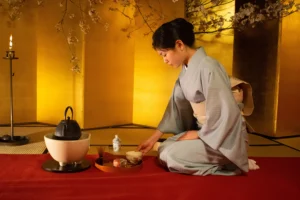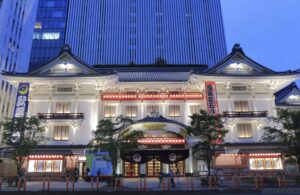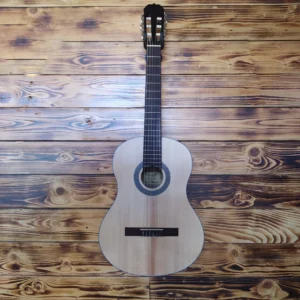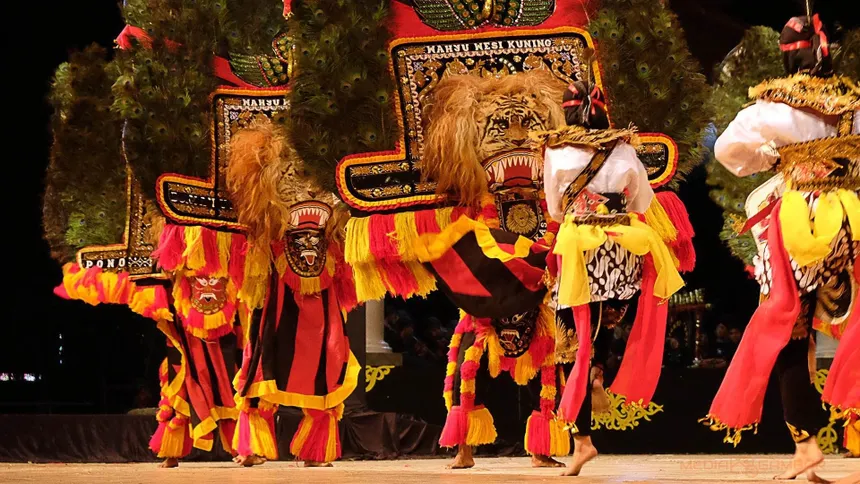
Indonesia is known for its incredible cultural diversity, and one of the most iconic heritages from East Java is the Reog Ponorogo Dance. This traditional performance is more than just folk entertainment it carries deep philosophical meanings about courage, strength, and the struggle between good and evil.
Origins and History of Reog Ponorogo
Reog Ponorogo originates from Ponorogo Regency, East Java, and has long been an essential part of the region’s cultural identity. According to local legend, the dance was inspired by the story of Prabu Kelana Sewandana, a king from Bantarangin who embarked on a quest to win the heart of Princess Dewi Songgolangit of the Kediri Kingdom.
Throughout his journey, the king faced many challenges, including battles with mystical creatures. These legends inspired the symbolic figures in the Reog performance Singa Barong, Warok, and Jathil each representing strength, bravery, and loyalty.
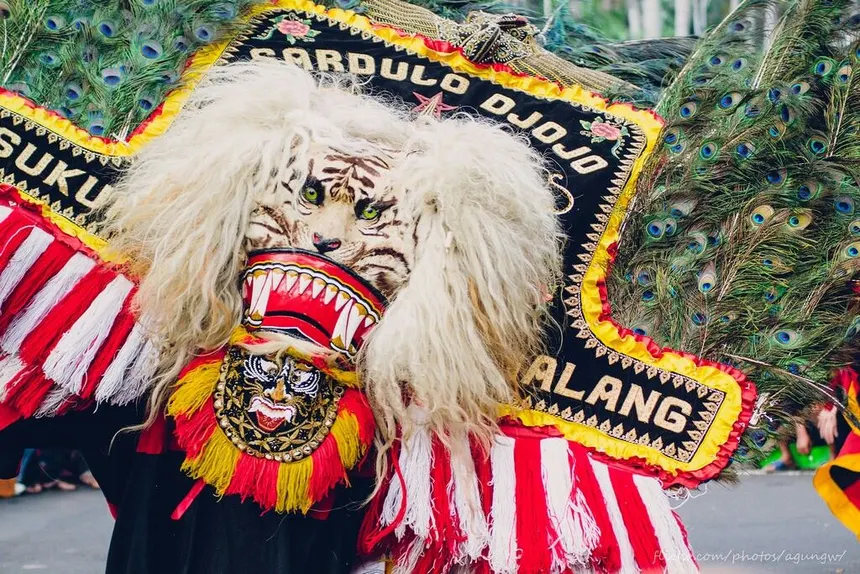
ALSO SEE :iPhone 17 Series Officially Launched: Thinner Design and Advanced Features
Meaning and Philosophy Behind Reog
Every element of the Reog Ponorogo dance holds deep symbolic meaning
- Singa Barong symbolizes strength and courage. This massive lion mask, decorated with peacock feathers, can weigh up to 50-60 kilograms and is carried solely by the performer’s jaw strength.
- Warok represents a wise and powerful guardian who protects the people, often believed to possess great spiritual power.
- Jathil portrays a brave horseman symbolizing valor and masculinity.
Together, these characters create a powerful, dramatic, and morally rich performance that reflects the virtues of determination and discipline.
Costumes and Musical Accompaniment
Reog Ponorogo costumes are striking, dominated by red, black, and gold, symbolizing bravery and nobility. The accompanying music consists of traditional Javanese instruments such as gong, kendang, kenong, and trumpets, producing strong, rhythmic beats that elevate the energy of the performance.
When the show begins, the pounding drums and synchronized movements of the dancers create an almost mystical atmosphere that captivates the audience.
Tradition and Modern Performances
Today, Reog Ponorogo is performed not only during traditional ceremonies and cultural festivals but also on international stages as a proud representation of Indonesian heritage.
In Ponorogo itself, the National Reog Festival is held annually to celebrate the city’s anniversary. This event gathers Reog groups from across Indonesia to showcase their creativity and preserve the legacy of their ancestors.
Moreover, UNESCO has recognized Reog Ponorogo as part of Indonesia’s Intangible Cultural Heritage, strengthening its status as a source of national pride.
Cultural Values and Life Lessons
Beyond entertainment, the Reog Ponorogo dance teaches timeless values such as
- Courage in facing challenges
- Loyalty and sacrifice for noble purposes
- Unity and mutual cooperation in preserving local traditions
The performance serves as a reminder that true strength comes not only from physical might but also from unwavering faith, wisdom, and inner spirit.
ALSO SEE : The Northern Lights (Aurora Borealis),
Conclusion
The Reog Ponorogo Dance stands as a symbol of bravery and strength passed down through generations of East Javanese culture. Its stunning costumes, dynamic rhythm, and profound philosophy make it one of Indonesia’s most treasured cultural legacies.
To preserve Reog Ponorogo is to safeguard the soul and identity of the nation amid the ever-changing tides of modernity.
